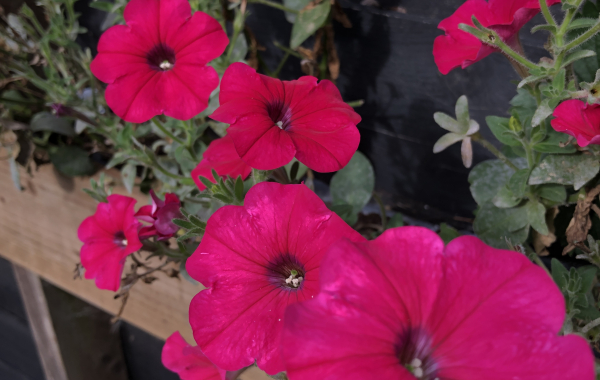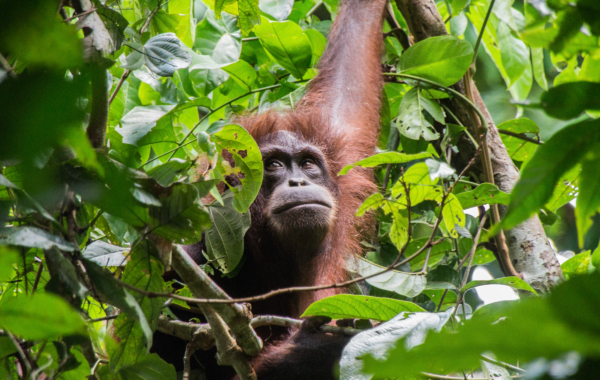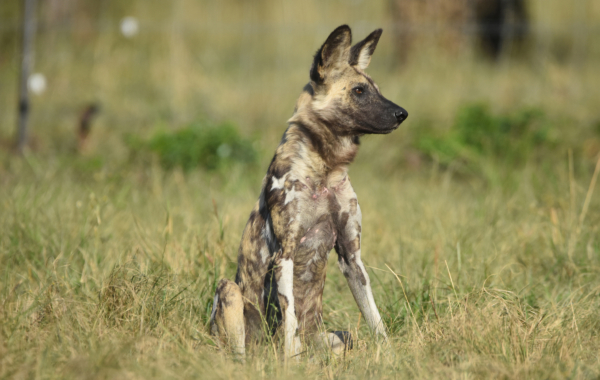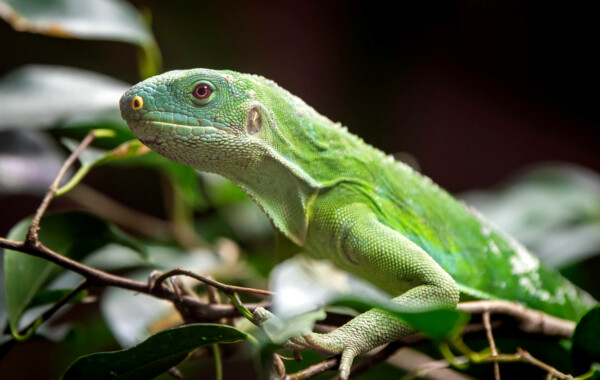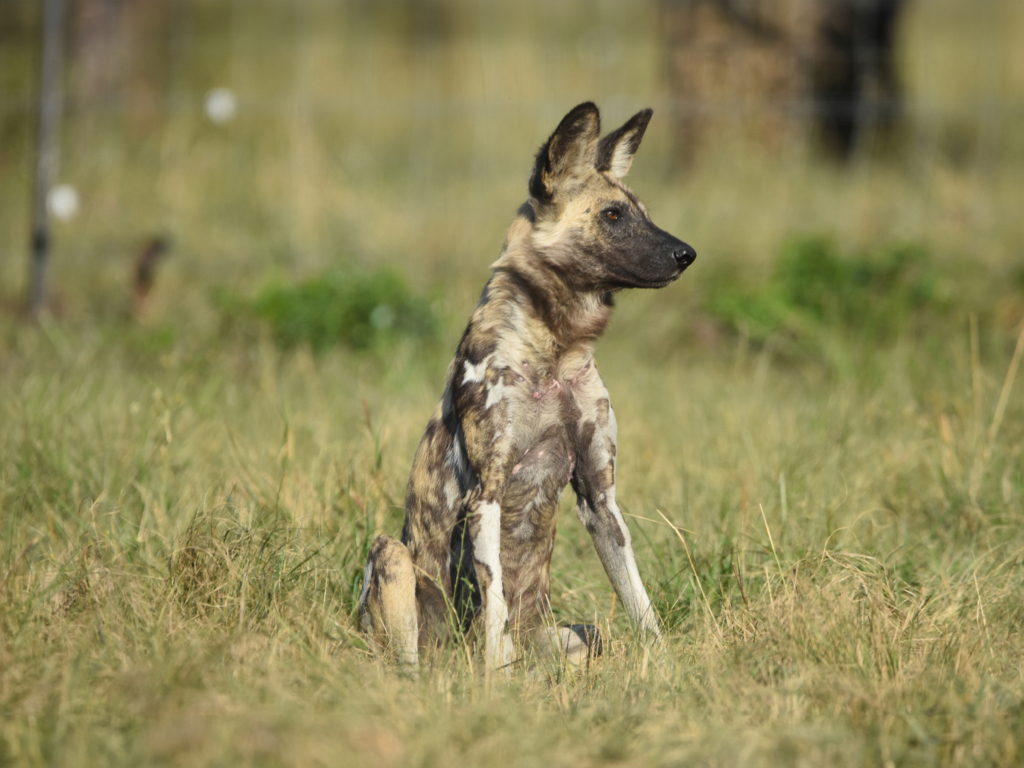Conservation in Action!
We work hard at Colchester Zoological Society to be more sustainable in our daily operations and have a continual aim to reduce our impact on the environment through reduction of plastic use and using sustainable palm oil products. As well as caring for some of the world’s most endangered species, we are also home to an abundance of native wildlife, from flowers and fungi to insects and amphibians.
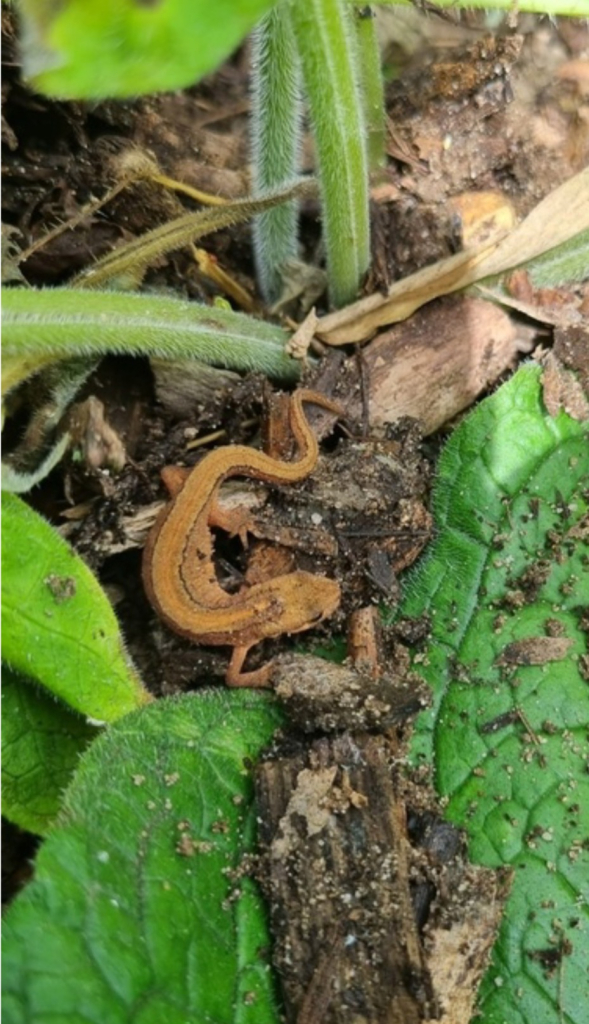
Creating Homes
Here at Colchester Zoological Society (CZS), our dedicated team of gardeners have created homes for various local species. Log piles have been left out for insects within our Nature Area, creating a suitable habitat for more diverse wildlife here at CZS.
We have also created a solitary bee home. With the increase of flower beds and planters, more bees are able to make our Nature Area their home, which in turn allows the bees to thrive amongst the wildlife here at CZS, as well as support our vegetation.
Our Nature Area is also home to a bug hotel, which many insects have called home thanks to our gardeners who put this together last year.
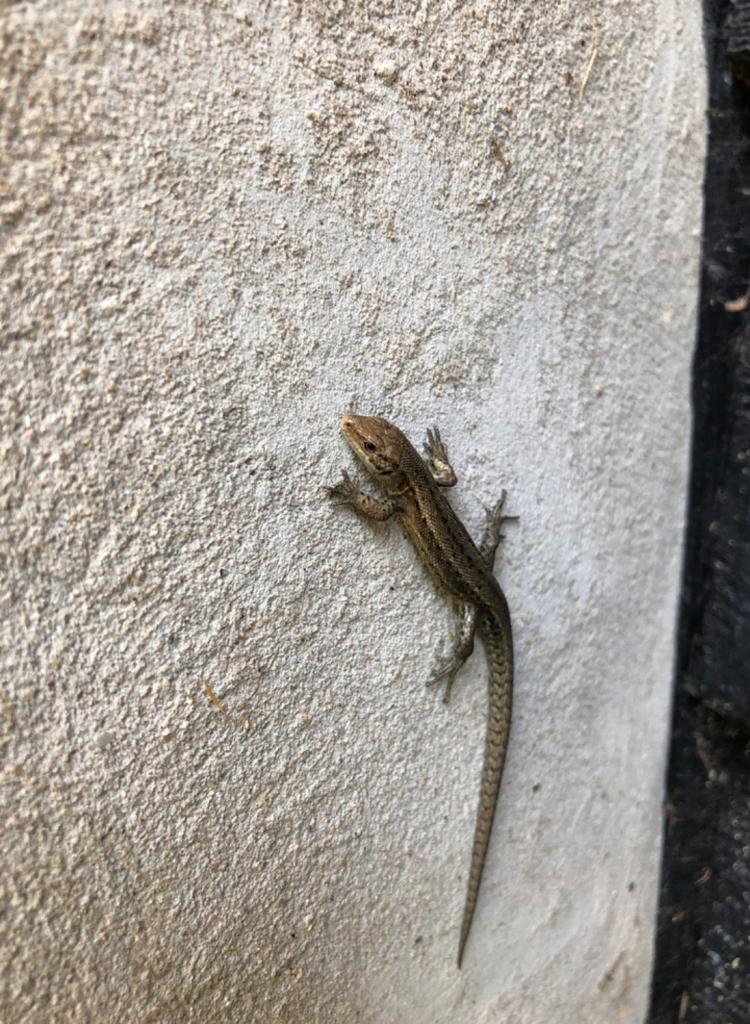
Spotted On Site!
Various species of plants, animals, and fungi have been spotted down around the Zoo and at our Nature Area. It is always a delight seeing all of the native wildlife living within this area.
So far, the Colchester Zoological Society Team have spotted Hibiscus flowers, many frogs and a LOT of insects. Why not take a stroll through our Nature Area, appreciating all wildlife big and small!
You can take a picture of any wildlife you see at the Zoo and upload it to inaturalist to be a part of BIAZA’s ‘Spotted on Site’ project.
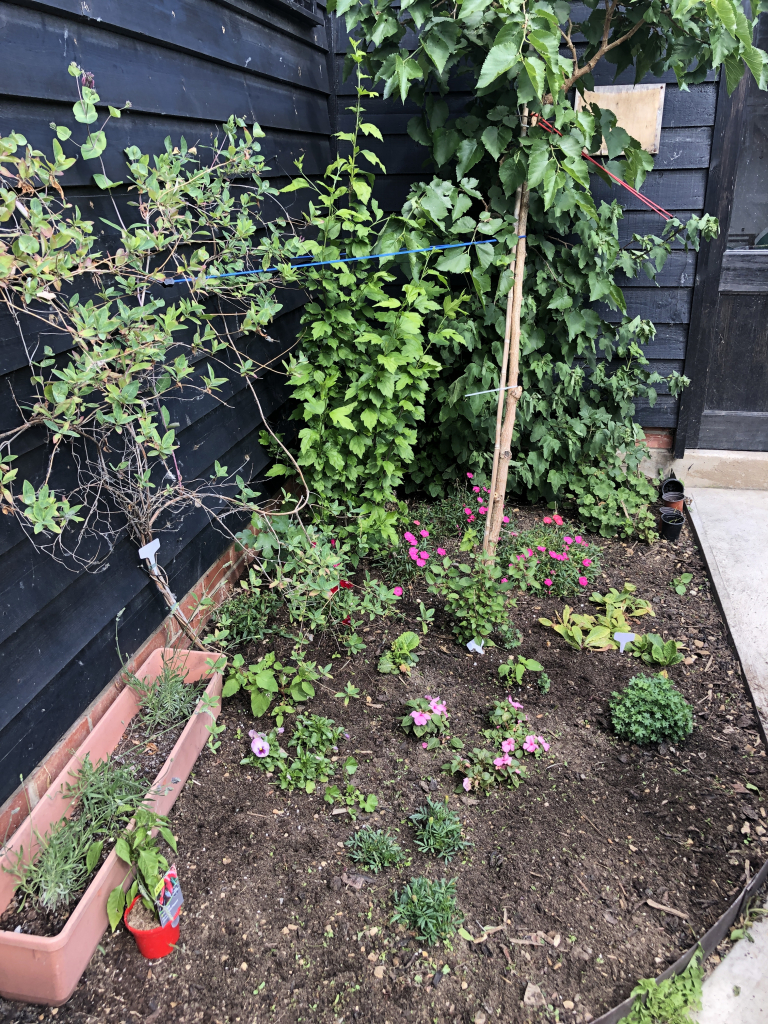
Flourishing Flower Beds
As well as at our Nature Area. we also have our own flower beds and planters at Chimpanzee Lookout and Rajang’s Forest. These are used both for enrichment and for native wildlife too as a great food source for insects.
While we are cautious not to have things such as snowdrops and bluebells in animal habitats as the bulbs are toxic, they are left to grow around the Zoo as a food source for early insects along with different types of fungi.

